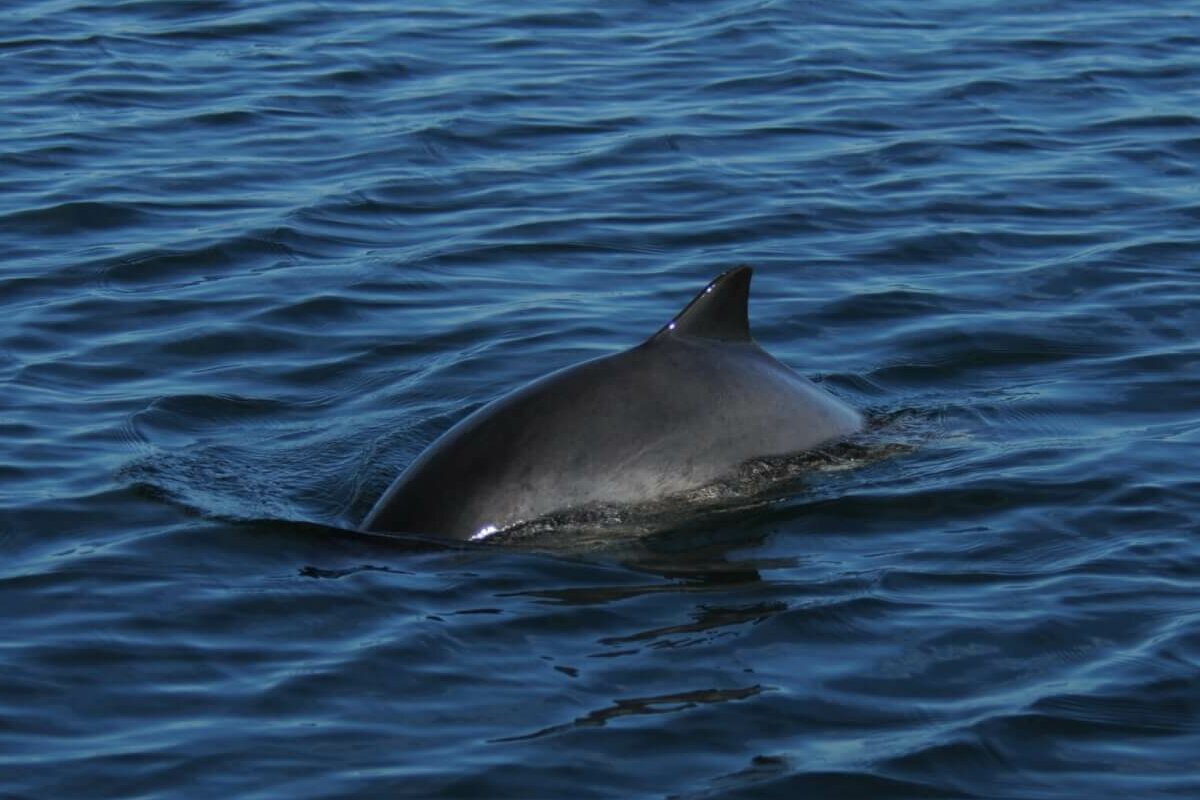Although the grey seal feeds primarily on fish and crustaceans, it also seems to hunt and occaisonally feed on harbour seals, harbour porpoises, and even members of its own species! In this article, Whales Online attempts to present the facts and hypotheses that might help explain these behaviours.
Cannibalism or infanticide?
In 2018, on the German island of Heligoland, a male grey seal attacks a juvenile of its own species. It feeds on its prey for over an hour. Researcher Abbo van Neer of the University of Veterinary Medicine in Hannover performs a complete necropsy in an effort to properly study the lesions. He establishes a pattern of lesions typically caused by grey seals, which is then used to compare with carcass data collected since 1990 in order to identify other cases of cannibalism. Van Neer believes he can associate cannibalism with other carcasses that had previously been attributed to shark attacks or collisions with propellers.
The first case of cannibalism in Canada was studied in 1992 in Nova Scotia. At the time, scientists were studying reproductive behaviour in grey seals when one of the males began to feed on a pup of its own species. The carcass was found a few hours later, gutted of muscle and fat between the neck and hind flippers. A few days later, a second carcass bearing similar lesions was found on shore. The researchers tried to pinpoint the causes of this behaviour, but to no avail. To date, there do not appear to be any observations of cannibalism in the St. Lawrence Estuary.
And the culprit is... Halichoerus grypus
Grey seal predation on harbour seals and harbour porpoises is not uncommon. One study on harbour porpoise carcasses found in German waters of the North Sea revealed that 17% of these individuals died of attacks by grey seals. The lesions and the presence of grey seal DNA on the carcasses make the causes of mortality a giveaway. What kind of impact does this predation have on the porpoise population? Obviously, this small cetacean might be forced to adapt to such high levels of predation. The study also suggests that the harbour porpoise might alter its diet in order to be lighter and faster so that might be able to out-swim a grey seal in hot pursuit. However, this adaptation can lead to emaciation, another major cause of mortality in this species.
In the same region, grey seals also prey on harbour seals. An article published in the Journal of Sea Research reported a number of suspected cases of grey seal predation on harbour seals. In 2013, scientists were able to observe a male grey seal hunting and feeding on a juvenile harbour seal. Analysis of lesions on several other harbour seal carcasses discovered in 2013 and 2014 suggests that some of these are also attributable to predation.
These cases are consistent with anecdotal observations reported from the St. Lawrence. This past summer, a few observers witnessed grey seals preying on harbour porpoises and harbour seals.
Guilty, not guilty
What prompts grey seals to attack other marine mammals? The answer is not so straightforward.
Firstly, from an energy perspective, it is more efficient for grey seals to feed on a marine mammal than it is to consume fish. Researcher Van Neer explains that to obtain the same number of calories as 100 grams of fish, the grey seal need only consume 28 grams of seal blubber. Marine mammals such as harbour porpoises, harbour seals, or even other grey seals therefore represent more nutritious prey.
However, marine biologist Andrew Trites of the University of British Columbia disagrees. According to him, cannibalistic seals are rather rogue individuals. He explains that even in these animals we find different personalities and behaviours, and that hunger alone would hardly be enough to push a given individual to resort to cannibalism. “If grey seals had a police force, this guy would be locked up,” jokes Trites in a National Geographic article.
In general, the studies conclude that carcass remains suggest that the cause of mortality is indeed predation and that they were consumed by another seal. It should be noted, however, that these are isolated cases rather than generalized behaviour observed in every individual.









